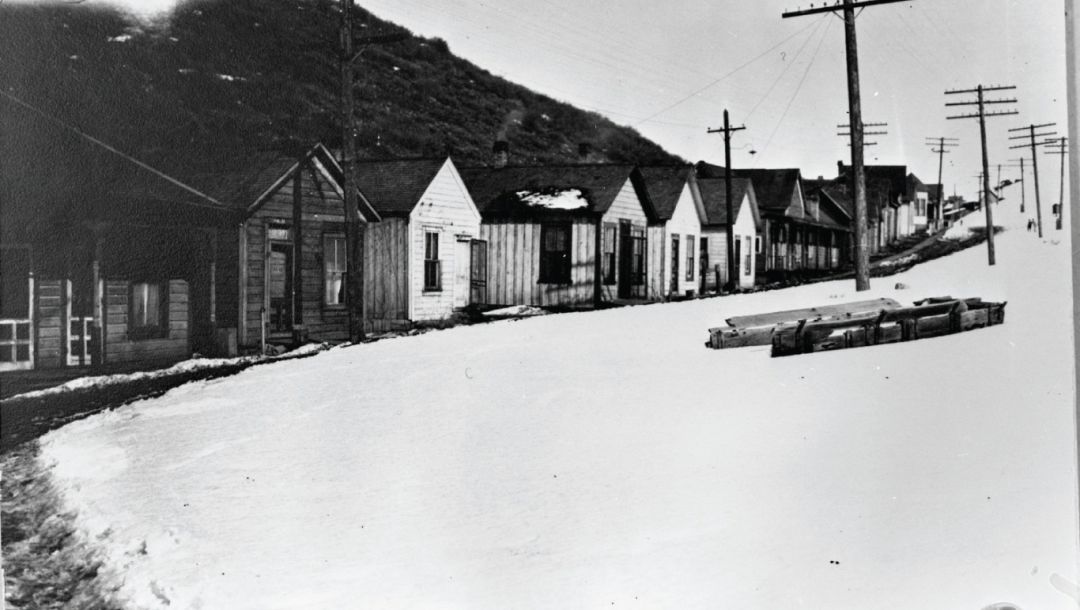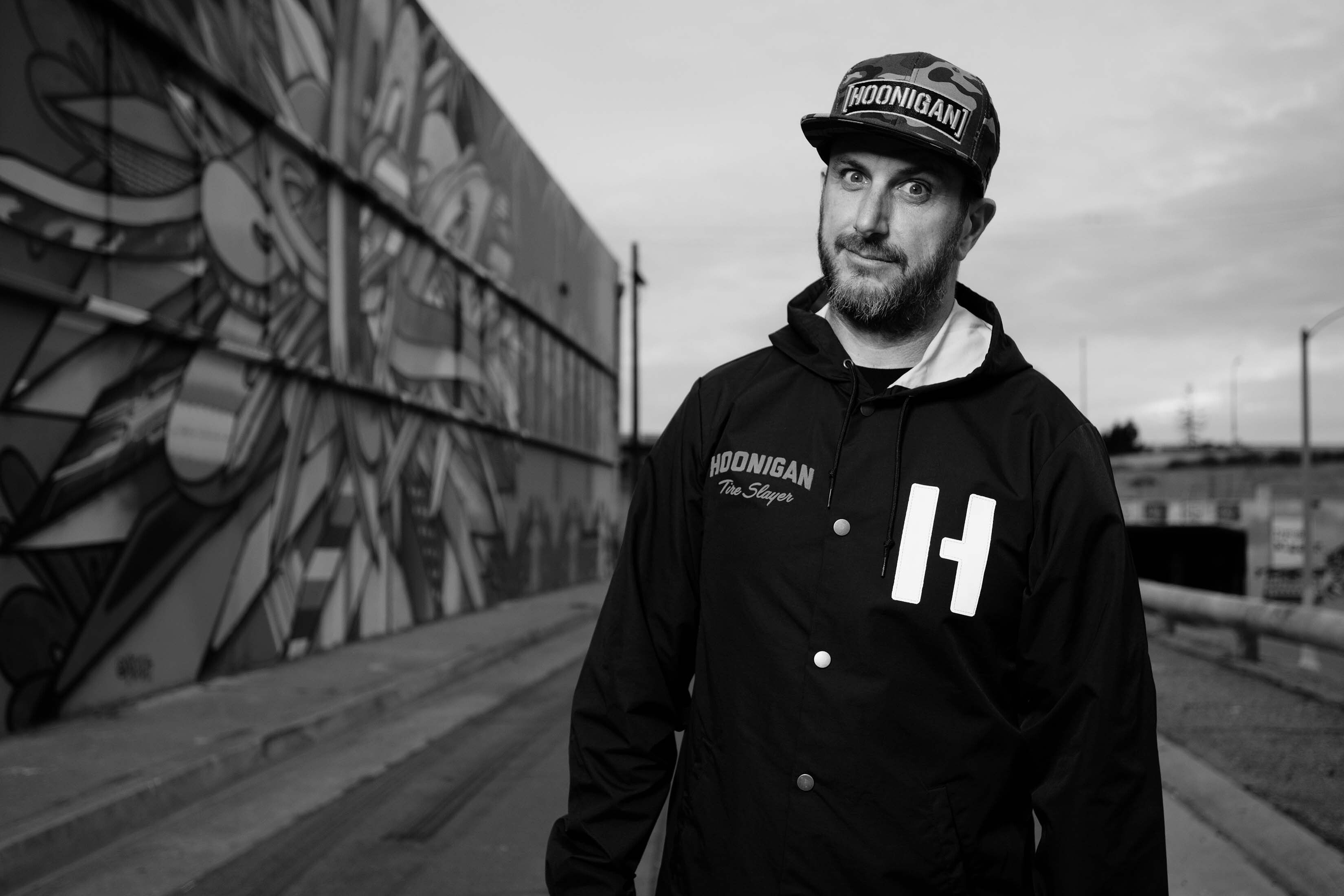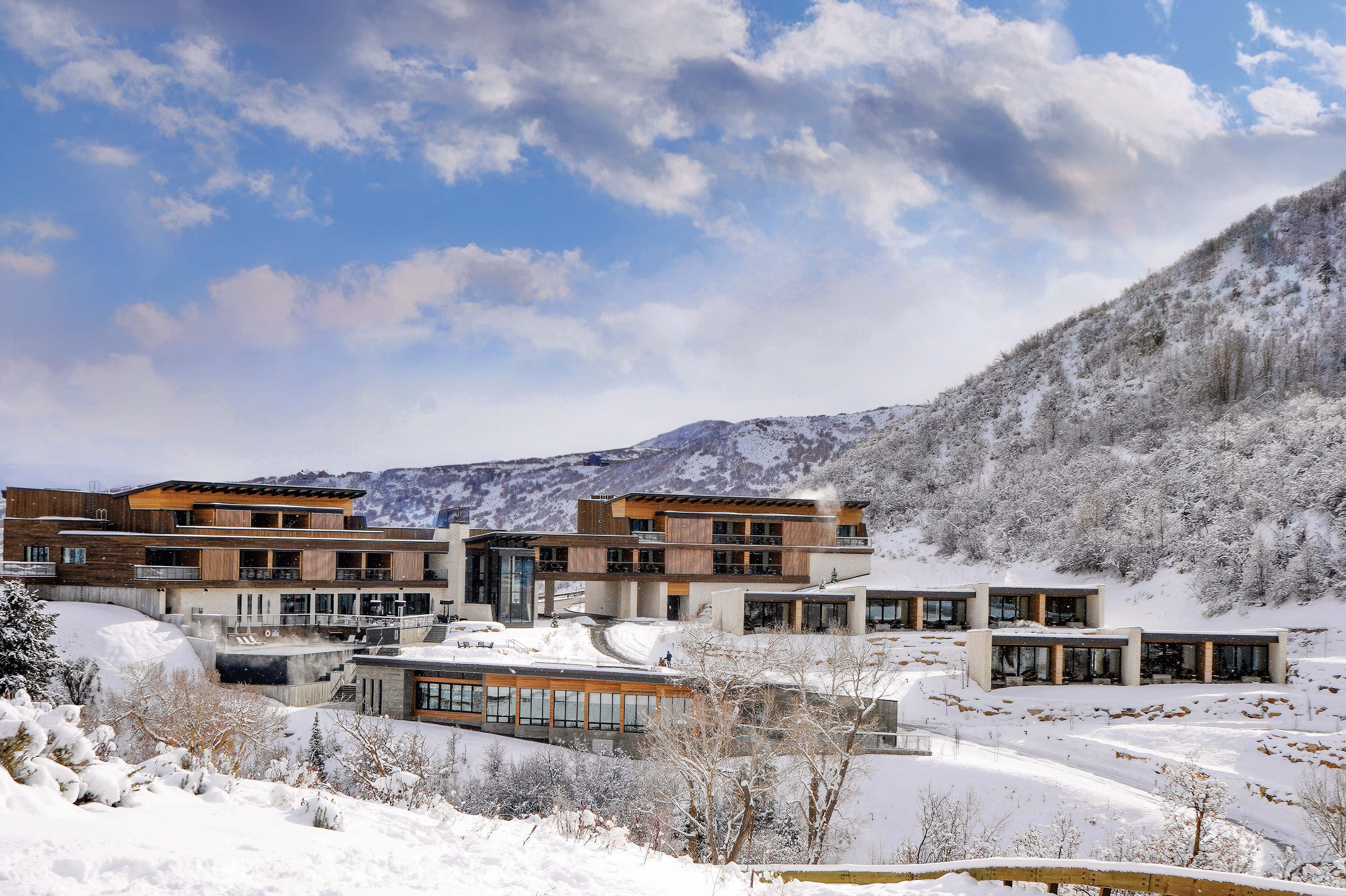Historic Harvest

Park City's silver-mining-era Red Light District, now Deer Valley Drive
Image: Park City Museum
"History is in the eyes of the beerholder,” says Del Vance, author of Beer in the Beehive. It’s a funny quip but holds some truth in regards to the local lore of the wild hops growing in Park City along Deer Valley Drive and the Historic Union Pacific Rail Trail.
There’s a tale that these hops were originally planted by miners and madams in the mid- to late 1800s, and were used make home brew for miners’ personal consumption as well as a value-added enticement within Park City’s former Red Light District brothels.
Vance relates that 90 percent of the beer consumed in mining towns was made by miners from places like Germany and Ireland, where beer was a way of life. “It’s not hard to make beer, and everything you need grows wild here,” Vance explains.
These Summit County hops wouldn’t have yielded as much as those grown by commercial farmers, but Chris Haas, head brewmaster of Desert Edge Brewery, says that many mainstream indigenous hops can be found in the area. He reports having found varieties such as Noble, Hallertau, Saaz, Cascade, and Chinook.
Haas has hunted for hops in Park City for Desert Edge’s Radius Ale in particular, which uses only ingredients sourced from within 180 miles of the brewery’s Salt Lake City location. If you’re lucky enough to find one, Haas guesses that one healthy plant would provide enough hops for a five-gallon batch of suds. Look for mature plants in late July or early August. Just in time for a batch of bona fide Park City brew to be ready for toasting Park City’s enterprising brewers from the past on Miner’s Day (Labor Day).






































